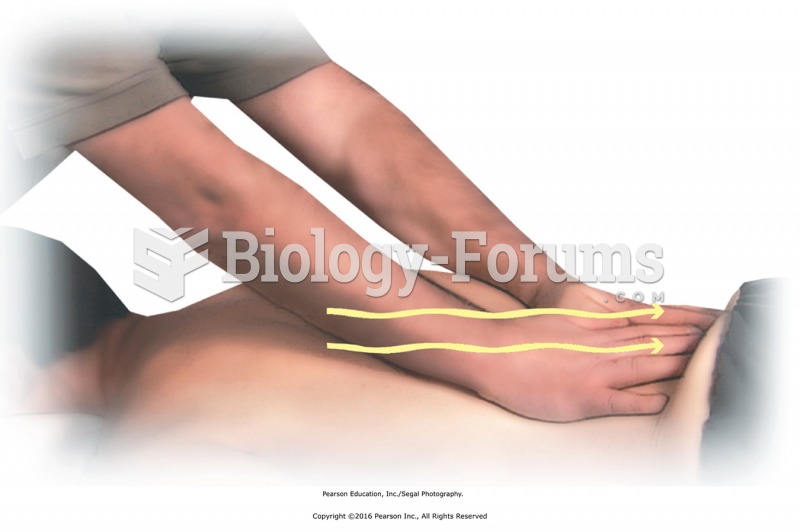Answer to Question 1
Cases such as those of White, Hinckley, and Bianchi have forced the courts and psychiatrists to examine more carefully the plea of innocent by reason of insanity. The terms mental illness and mental health are poorly defined. Mental illness (insanity) may not even exist. In a number of trials involving the insanity plea, it has become routine for the prosecuting attorney to use as witnesses those psychiatrists who are likely to judge the defendant sane, whereas the defendant's attorney uses as witnesses those psychiatrists who are likely to arrive at an insane recommendation. An authority notes: Among psychiatrists, there is nothing remotely approaching a consensus on what constitutes insanity. Moreover, psychiatrists themselves concede that they lack reliable means for determining whether a person was insane in any sense at the time of a crime. All too often, they must rely heavily on the accused's behavior and on what he tells them-two types of data that a shrewd defendant can carefully orchestrate. Defendants are increasingly becoming aware that they can probably get a psychiatrist to label them insane by acting crazy, such as by openly performing indecent acts or by claiming to hear voices. The argument for eliminating the insanity plea is that people are literally using it to get away with murder and other serious felonies. Instead of forcing people to take responsibility for their felonies, the insanity plea excuses them for their crimes. The plea enables a clever defendant or attorney to seek refuge from criminal punishment. When a person is acquitted by reason of insanity, she or he is generally sent to a mental institution. Under the law, a person is kept there until doctors determine he or she is no longer dangerous and a judge concurs. Sadly, the measures for determining no longer dangerous are as untrustworthy as those used to assign a mental-illness label. Psychiatrist Lee Coleman urges that the insanity defense be eliminated altogether to resolve this dilemma. Doing so would allow courts to deal with the guilt or innocence of an individual without interference from psychiatrists. Coleman states: Victims are no less injured by one who is mentally sound and violent. Coleman further urges that if the convicted individual later wishes help for emotional or behavioral problems, he or she can then request it. Because of the controversy over the insanity plea, a number of states have revised their laws surrounding it. One approach adopted by a number of states is to have a two-step process in which the jury first determines whether the defendant is innocent or guilty. If the verdict is guilty, the jury then decides if that person is sane or insane. (If found insane, the defendant is usually sent to a maximum-security mental hospital.) At least three states-Montana, Idaho, and Utah-have abolished the insanity defense entirely, but there's evidence that those who would have used the plea are now just found incompetent to stand trial and end up in the same hospitals.
Answer to Question 2
There are a variety of reasons for the large increase in the number of homeless. Deinstitutionalizat ion of state mental hospitals is one cause. Cutbacks in social services by the federal government is another. Urban renewal projects have demolished low-cost housing in many areas. The shift from blue-collar jobs to service and high-tech jobs in our society has sharply reduced the demand for unskilled labor. Another factor has been a recent trend to ignore members of our society who are unable to fend for themselves. Most of the homeless are such because they cannot afford the housing that is available; our country does not have a commitment to a social policy of providing affordable housing to the poor. The majority of the homeless are not mentally ill, but simply too poor to afford available housing.
Solutions to the dismal conditions in which the homeless are living include low-cost housing, job training and placement programs, and community services for those with emotional problems.







